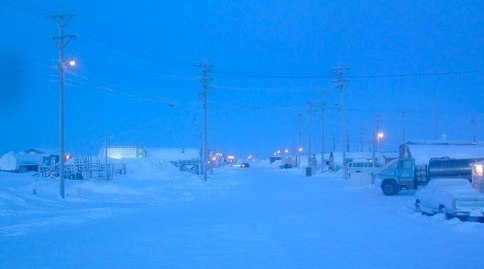On The Ice
Hut 171 reeks. There has been another septic tank “incident,” common in Barrow because septic tanks have to be drained regularly and that requires both competence and luck. One or the other ran out, and the tank and the toilet in hut 171 backed up. The mess has been cleaned up, but the aroma lingers. Where else would you put four graduate students and an unproductive journalist? We are at the Barrow Arctic Science Consortium (BASC), the Iñupiat corporation-run science center that does research on the Arctic Ocean coast of the U.S., and--along with the Iñupiat in Siberia--in Russia. We are several hundred miles above the Arctic Circle, 1,200 miles from the North Pole, all of it ice-covered Arctic Ocean--in other words: the end of the world, northern division. Point Barrow, a few miles north of the town, is the northern tip of the American continents. Except for some Canadian islands, all the Americas are behind you when you stand there. We have come to measure the ice. When you do science into climate change, you often wind up in places like this.
☀

The oil workers get off at Deadhorse, the airport nearest the oil fields. The Eskimos continue on the twenty minute flight to Post-Rogers. From there, many travel to their villages and settlements on snow machines or all terrain vehicles (ATVs). Barrow sits on the coast where the part of the Arctic Ocean called the Chukchi Sea meets the Beaufort. It has several distinctions besides really terrible weather. It is one of the two or three northernmost communities in the world, or at least northernmost communities with more than 2,000 people. It is the largest Eskimo settlement in the world, Eskimos not being inclined toward settlements, and is called Ukpeagvik in Iñupiat. ...

